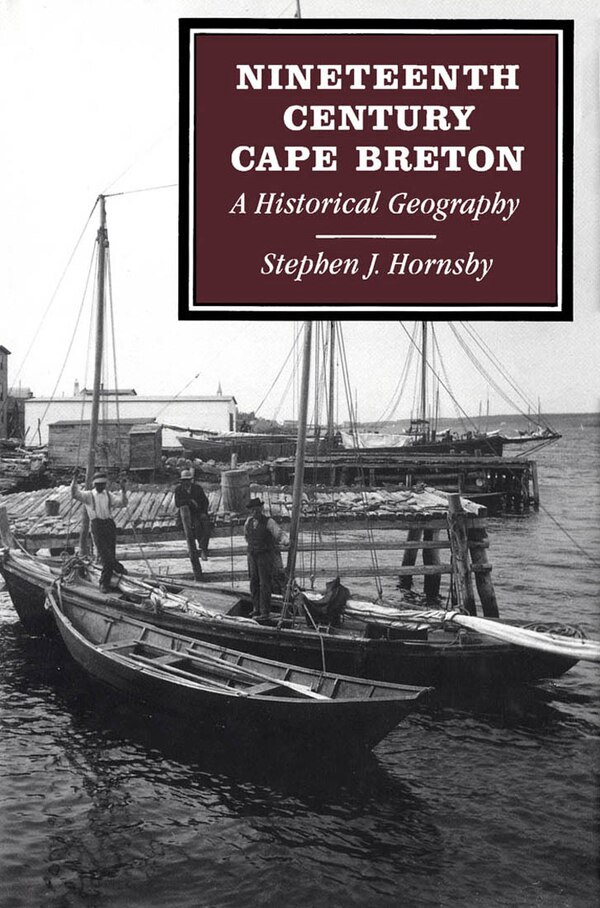Home
Nineteenth-Century Cape Breton, Hardcover | Indigo Chapters
Loading Inventory...
Indigo
Nineteenth-Century Cape Breton, Hardcover | Indigo Chapters
From McGill-Queen's University Press
Current price: $125.00


Indigo
Nineteenth-Century Cape Breton, Hardcover | Indigo Chapters
From McGill-Queen's University Press
Current price: $125.00
Loading Inventory...
Size: 1.1 x 9.1 x 580
*Product information may vary - to confirm product availability, pricing, shipping and return information please contact Indigo
During the North American colonial period, the expansion of European capital and labour into North America created two broad patterns of regional development: agricultural settlement and the exploitation of raw materials or staples. Hornsby examines the development of nineteenth-century Cape Breton in light of these patterns, focusing on the impact of Scottish immigration on the island's settlement and agricultural development, and on the role of mercantile and industrial capital in developing Cape Breton's two great staple industries, cod fishing and coal mining. Hornsby also outlines the reasons for the massive exodus from Cape Breton during the late nineteenth century. The intersection of these two patterns of development gave rise to a distinctive regional geography. Over the course of a hundred years, a complex mosaic of different settlements, economies, and cultures emerged on the island. While the details and circumstances of these developments were unique to the island, elements of the Cape Breton experience were found in other areas of Maritime Canada. Viewed more generally, Hornsby suggests that the historical geography of this small, peripheral island offers a simple, somewhat stark encapsulation of some of the salient developments in the rest of settled Canada during the nineteenth century. | Nineteenth-Century Cape Breton, Hardcover | Indigo Chapters















